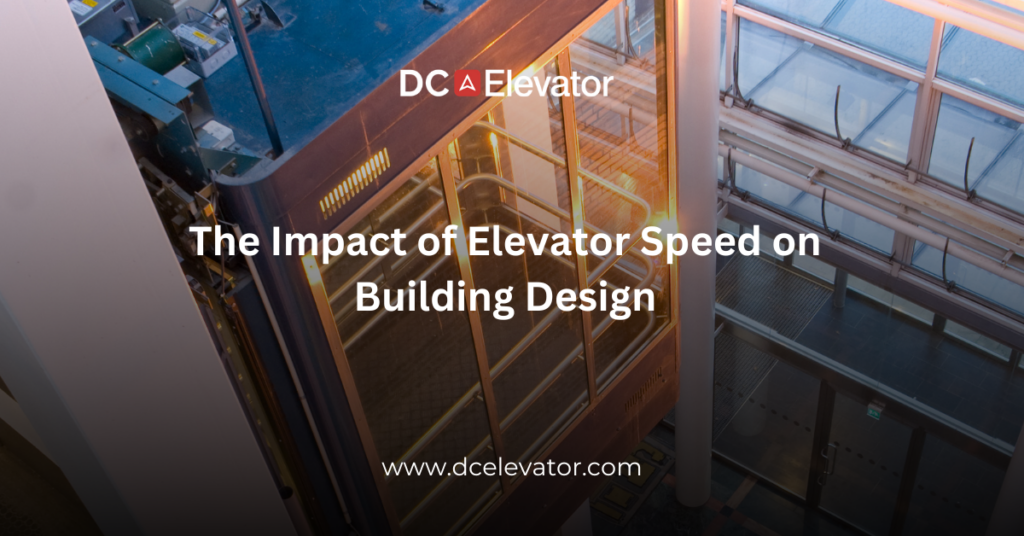Elevator speed is a critical factor in building design, influencing everything from structural planning to user experience. As buildings grow taller and more complex, the role of elevator speed becomes increasingly significant. In this blog post, we’ll explore how elevator speed impacts building design and what considerations should be made to optimize both efficiency and comfort.
Why Elevator Speed Matters
Elevator speed affects several key aspects of building design:
- Building Height: Faster elevators are often required for taller buildings to transport passengers quickly between floors.
- User Experience: Elevator speed impacts the overall experience of building occupants, including convenience and satisfaction.
- Space Utilization: The design of elevator systems can influence how space is allocated within a building.
- Traffic Management: Efficient elevator speed helps manage traffic flow within the building, especially during peak times.
Key Considerations for Elevator Speed in Building Design
1. Building Height and Usage
The height of the building and its intended use determine the required elevator speed:
- Tall Buildings: High-speed elevators are necessary for skyscrapers and tall commercial buildings to reduce travel time between floors.
- Low-Rise Buildings: In shorter buildings, standard-speed elevators are usually sufficient, and high-speed options may be unnecessary.
2. Traffic Patterns
Understanding the traffic patterns within the building helps in selecting the appropriate elevator speed:
- High Traffic Areas: Buildings with high traffic, such as office towers or hotels, benefit from faster elevators to accommodate large volumes of people efficiently.
- Low Traffic Areas: In buildings with less foot traffic, standard-speed elevators can provide adequate service without the need for high-speed options.
3. Elevator Efficiency
Faster elevators contribute to overall efficiency but require careful consideration:
- Energy Consumption: High-speed elevators often consume more energy, so energy-efficient designs and technologies should be considered to balance speed with sustainability.
- Maintenance Needs: Faster elevators may have higher maintenance needs due to the increased strain on components, impacting long-term operational costs.
4. Building Design and Space
Elevator speed influences the design and space allocation within the building:
- Shaft Design: High-speed elevators require more robust shaft designs to accommodate the increased mechanical stresses and ensure smooth operation.
- Lobby Space: Faster elevators may necessitate larger lobbies and waiting areas to handle the increased traffic and ensure passenger comfort.
5. Passenger Comfort
Elevator speed impacts passenger comfort, particularly in high-speed systems:
- Smooth Ride: High-speed elevators should be designed to provide a smooth and stable ride, minimizing vibrations and discomfort.
- Acceleration and Deceleration: Proper acceleration and deceleration rates are essential to ensure a comfortable experience for passengers and reduce the risk of motion sickness.
Balancing Speed with Design
Finding the right balance between elevator speed and building design is crucial:
- Architectural Integration: Elevators should be integrated into the building’s design without compromising aesthetics or functionality.
- Cost Considerations: Evaluate the cost implications of installing high-speed elevators versus standard-speed options, considering both initial investment and long-term operational costs.
- Future Needs: Plan for potential future needs or upgrades, ensuring that the elevator system can adapt to changes in building usage or occupant requirements.
Conclusion
Elevator speed plays a significant role in building design, influencing factors such as building height, space utilization, and passenger comfort. By carefully considering the impact of elevator speed on building design, architects and developers can create efficient, user-friendly environments that meet the needs of all occupants. Balancing speed with design considerations ensures that elevators enhance the overall functionality and experience of the building.
